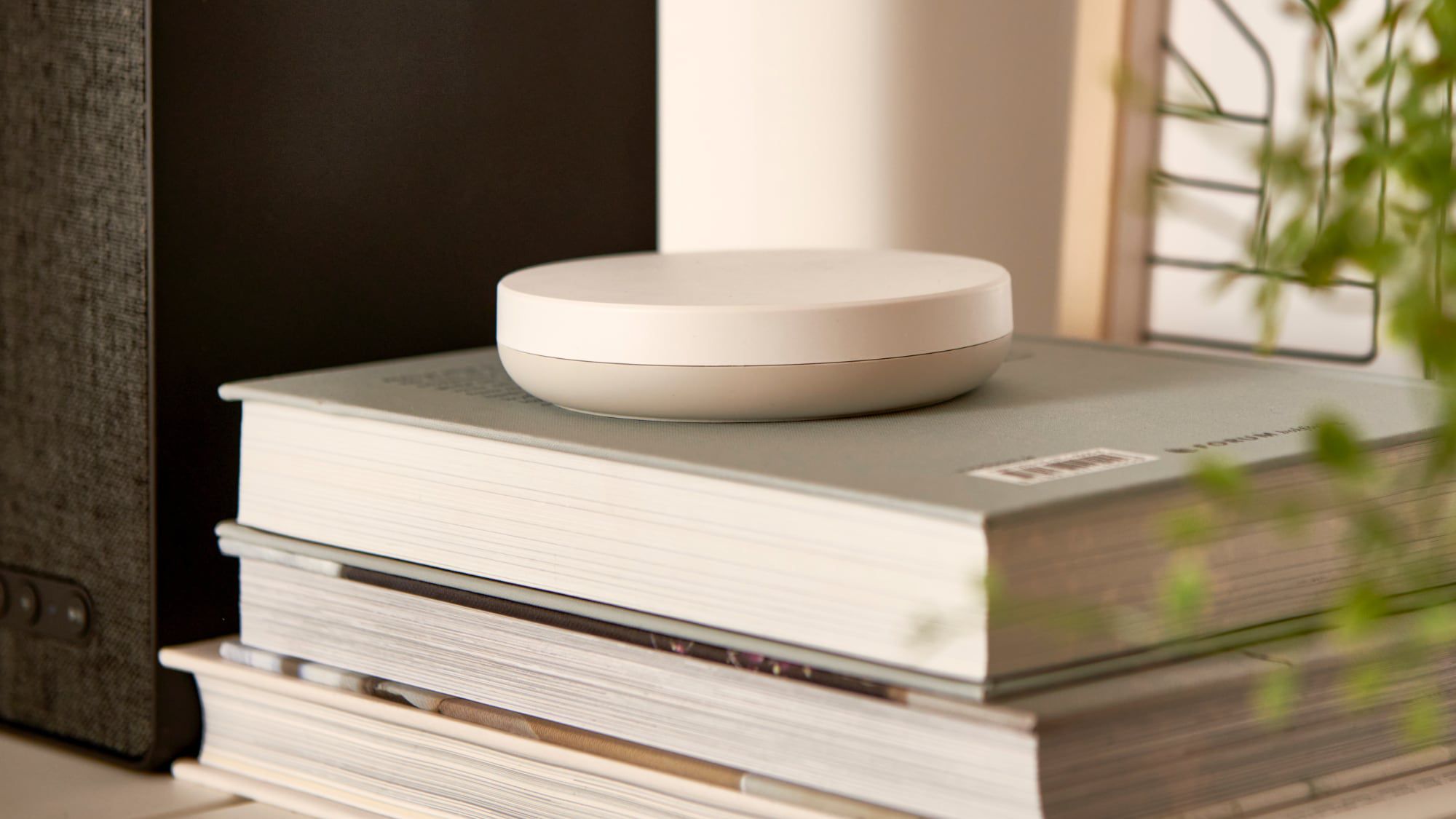I’m stupid. What does this new architecture do or what do they mean?
This is a relatively new subject I've been exploring recently so I may be off on some points here but --
They're most certainly talking about Matter which is a new, open Internet-of-Things connectivity standard for the likes of home automation gadgets and other such things you might use in the various ecosystems of the big players like Google, Amazon, Apple, etc. Devices made for Matter can ideally be easily used in any ecosystem, which is generally not the case with devices today. Today you typically have to get devices specifically for the ecosystem you invested in (e.g. HomeKit) and they typically do not work in other ecosystems (at least not without some hackery and literal "bridging" of one way of doing things to another). Matter is potentially a replacement for HomeKit as we know it today (and the proprietary ecosystems of those other aforementioned players), though it will likely live alongside traditional HomeKit for some time.
You'll also see chatter about Thread which is a wireless technology for interconnecting such devices (if they support Thread of course) in sort of a mesh network that is intended to be highly reliable, resilient, and responsive (low latency) among other things. Thread is one such hardware means of communications between devices used in Matter (Matter can also work with good ol' Wifi connections). Thread devices even work with Apple's native HomeKit already. Two devices in the Apple world -- the current generation Apple TV 4K and the HomePod Mini -- are capable of acting as "border routers" for thread devices within HomeKit. A "Border Router" allows Thread devices to be controllable from the IP network as you know it, e.g. they bridge the Thread devices mesh network to the IP network, essentially. Ideally there will be a number of Border Routers in a Thread mesh for redundancy.
Some definitions of terms here:
Newsroom and Events
Stay updated on Thread Group news, events and press coverage to learn how we are reliably and securely connecting hundreds of product types across the globe.
www.threadgroup.org
I just recently started implementing Thread devices in my humble abode's HomeKit setup (notably outlets for controlling lights) and I have to say they've been quite nice and reliable so far, unlike earlier generations of the same devices that were IP-based and would sporadically become "unresponsive" for no logical reason.
Last edited:


